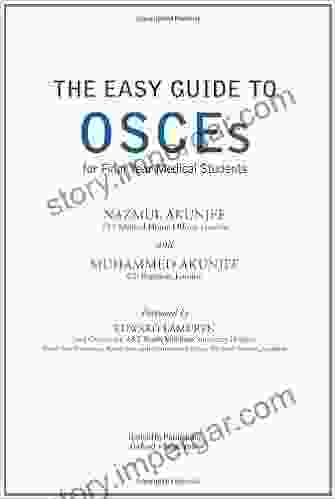In the realm of engineering, rotating machinery plays a pivotal role, powering countless applications across industries. From turbines and generators to pumps and compressors, these intricate systems demand meticulous research and development to ensure optimal performance and reliability. Enter test rigs: indispensable tools that provide a controlled environment for evaluating and advancing rotating machinery designs. This comprehensive article delves into the world of rotating machinery research and development test rigs, exploring their essential components, applications, and the transformative advancements they enable in the field.
Components of a Rotating Machinery Test Rig
A rotating machinery test rig is a complex system comprising various components meticulously designed to simulate real-world operating conditions. Key components include:
5 out of 5
| Language | : | English |
| Hardcover | : | 236 pages |
| Item Weight | : | 1.02 pounds |
| Dimensions | : | 6.5 x 0.75 x 9.5 inches |
- Drive System: Responsible for providing the power to rotate the test specimen, simulating actual operating speeds and loads.
- Test Specimen: The rotating component being evaluated, such as a turbine blade or pump impeller, is mounted on the drive system.
- Instrumentation: An array of sensors and data acquisition systems used to measure various parameters, including speed, torque, temperature, vibration, and pressure.
- Control System: Manages the operation of the test rig, ensuring precise control of parameters and safeguarding against overloads and failures.
- Data Analysis System: Processes and analyzes the vast amount of data generated during testing, providing valuable insights into the performance of the test specimen.
Types of Rotating Machinery Test Rigs
Test rigs cater to a wide range of rotating machinery, each with specific requirements. Common types include:
- Turbine Test Rigs: Designed to evaluate the performance of turbines, including gas turbines, steam turbines, and wind turbines.
- Pump Test Rigs: Used to assess the efficiency and reliability of pumps, such as centrifugal pumps and positive displacement pumps.
- Compressor Test Rigs: Dedicated to testing compressors, including centrifugal compressors, axial compressors, and reciprocating compressors.
- Generator Test Rigs: Purpose-built to evaluate the performance of generators under different operating conditions.
Applications of Rotating Machinery Test Rigs
Test rigs play a crucial role in advancing rotating machinery technology across diverse industries, including:
- Power Generation: Developing efficient and reliable turbines and generators for electricity production.
- Aerospace: Designing and testing jet engines, compressors, and pumps for aircraft and propulsion systems.
- Oil and Gas: Evaluating pumps, compressors, and turbines used in extraction, transportation, and refining processes.
- Automotive: Testing engines, transmissions, and other rotating components for improved performance and fuel efficiency.
The Benefits of Using Test Rigs
Leveraging test rigs offers numerous advantages for rotating machinery research and development:
- Early Detection of Design Flaws: Identifies potential design issues and allows for timely corrections, reducing costly redesigns and failures.
- Optimized Performance: Fine-tuning operating parameters and configurations based on test data enhances efficiency, reliability, and lifespan.
- Extended Service Life: By simulating real-world operating conditions, test rigs help evaluate component durability and predict maintenance intervals.
- Data-Driven Design Decisions: Real-time data acquisition and analysis enable informed decision-making, reducing reliance on assumptions and guesswork.
Recent Advancements in Test Rig Technology
Continuous advancements in technology are transforming the capabilities of test rigs:
- Virtual Reality Simulations: 3D virtual models can simulate test conditions, providing immersive insights for design refinement.
- Artificial Intelligence: AI algorithms analyze vast data sets, identifying anomalies and optimizing test parameters.
- Smart Sensors: Wireless and embedded sensors allow for real-time monitoring and data transmission, reducing wiring complexity and enhancing data accuracy.
- Cloud-Based Data Management: Cloud platforms store and share test data, enabling remote collaboration and access to historical data.
Rotating machinery research and development test rigs are indispensable tools, driving innovation and unlocking advancements in rotating machinery technology. By simulating real-world operating conditions, these systems provide invaluable insights into component performance, enabling early detection of design flaws, optimization of operating parameters, and prediction of service life. Recent advancements in technology continue to push the boundaries of test rig capabilities, further accelerating the development of efficient, reliable, and innovative rotating machinery. As industries strive for enhanced performance and sustainability, test rigs will remain at the forefront of rotating machinery research and development, shaping the future of engineering and powering countless applications.
























































































